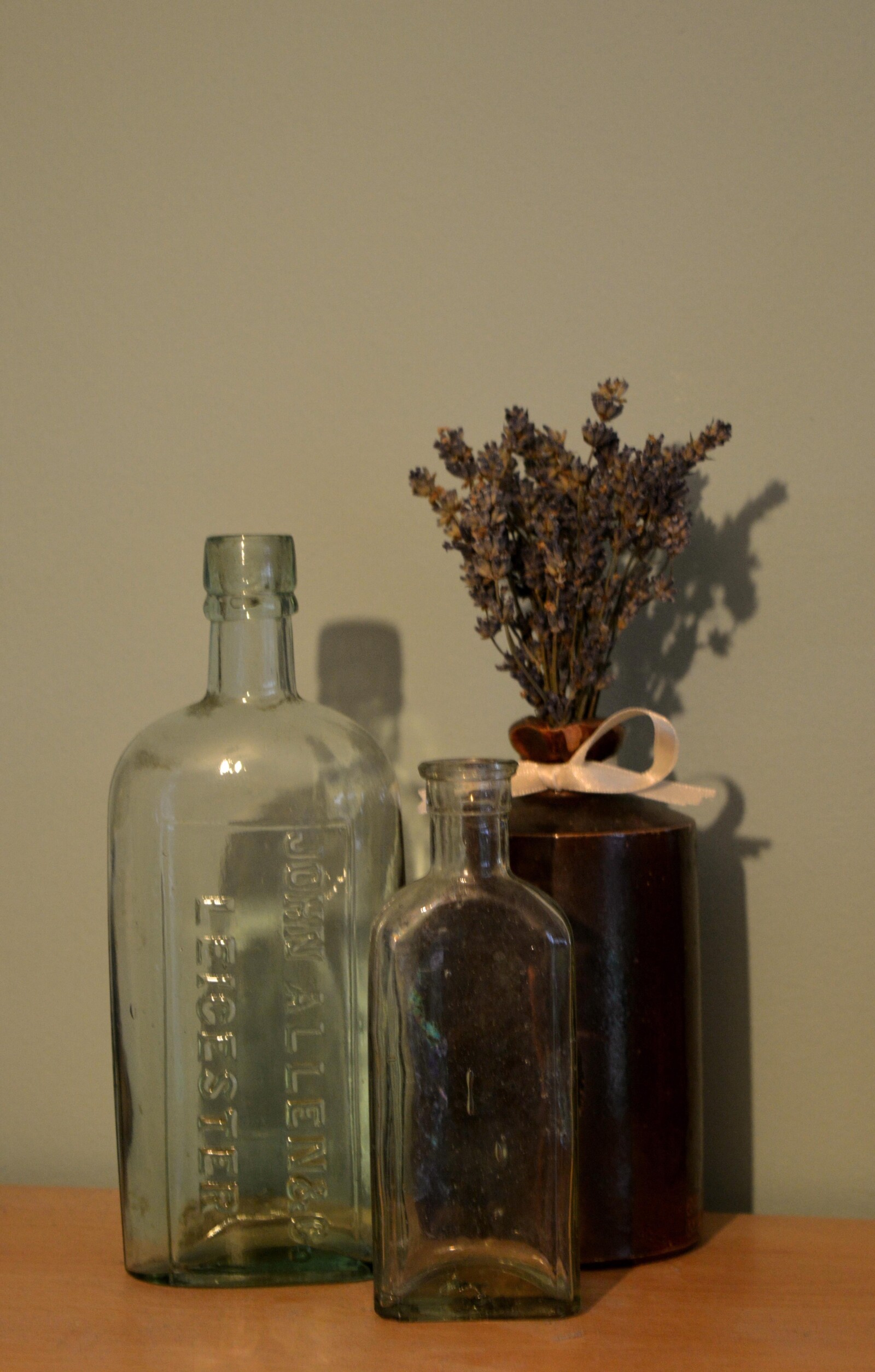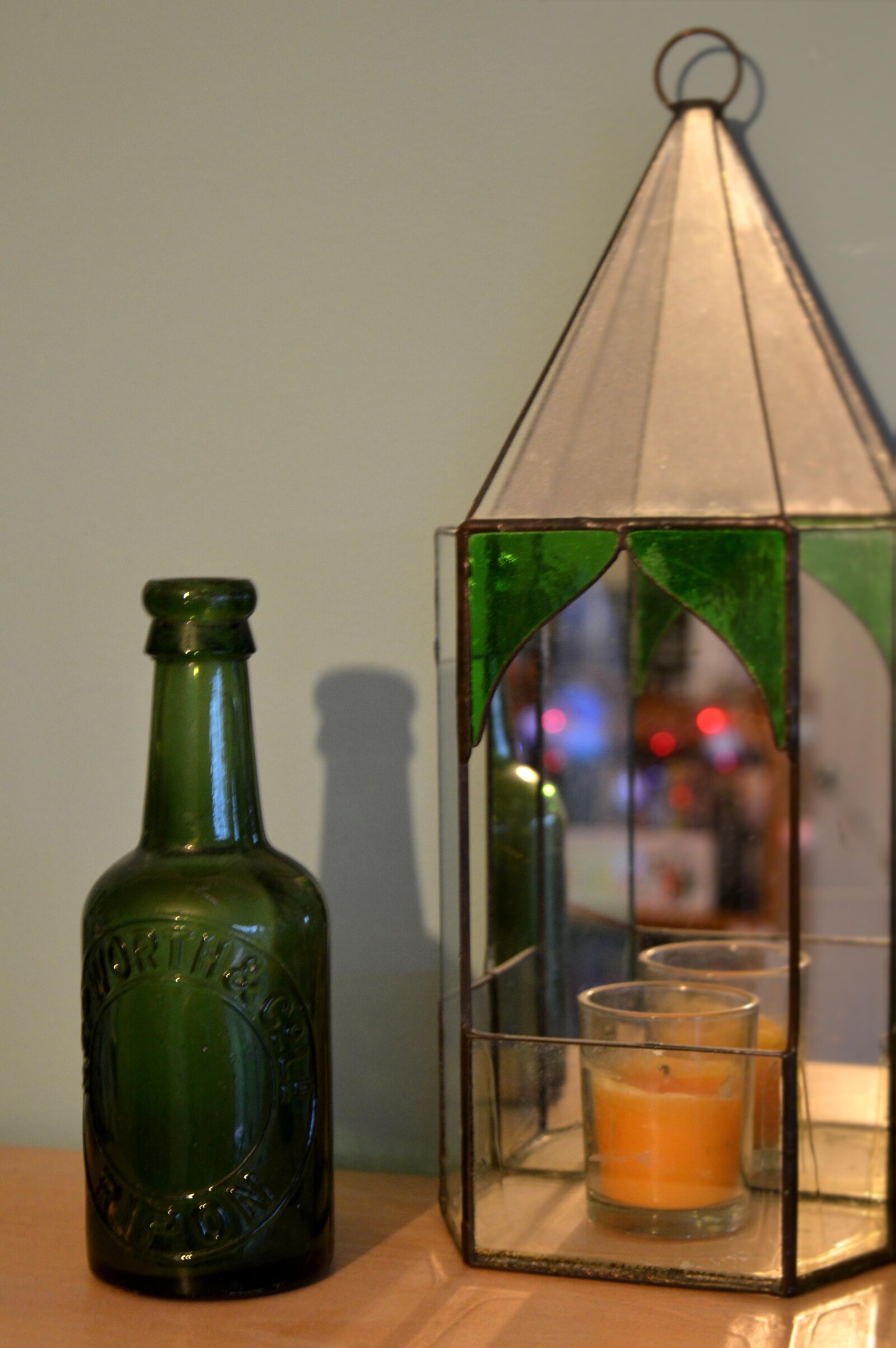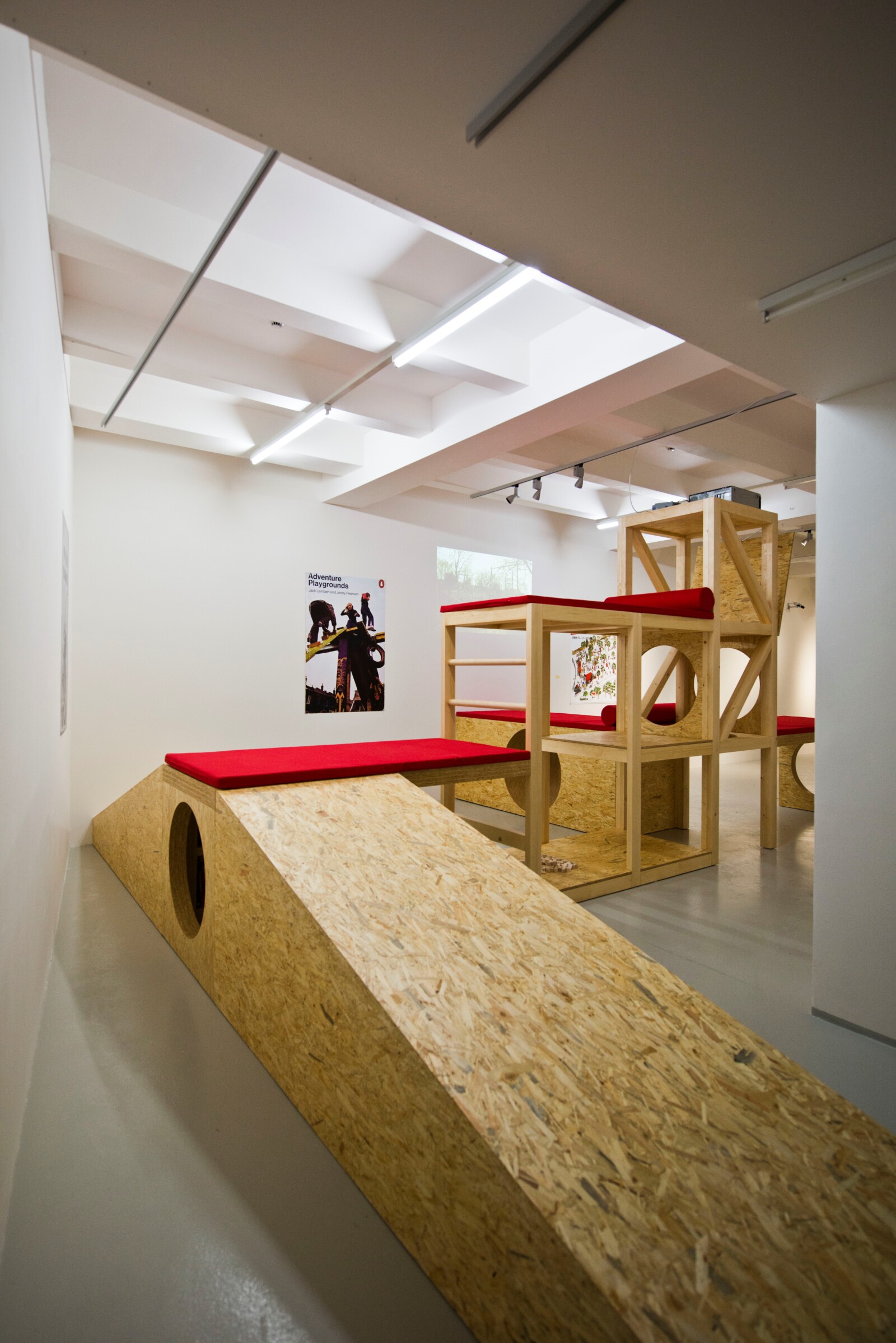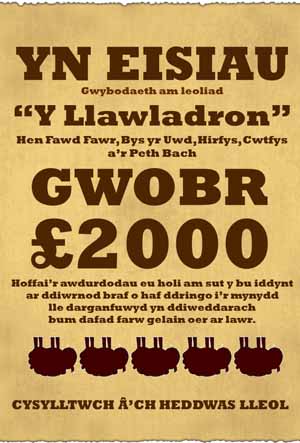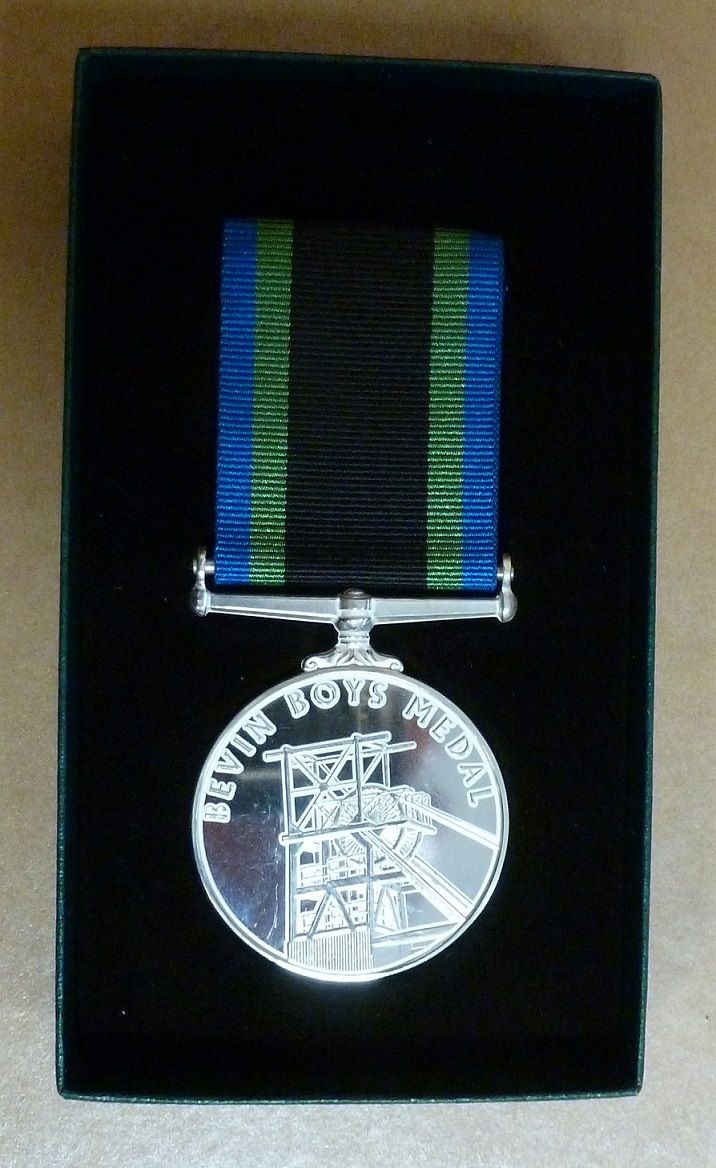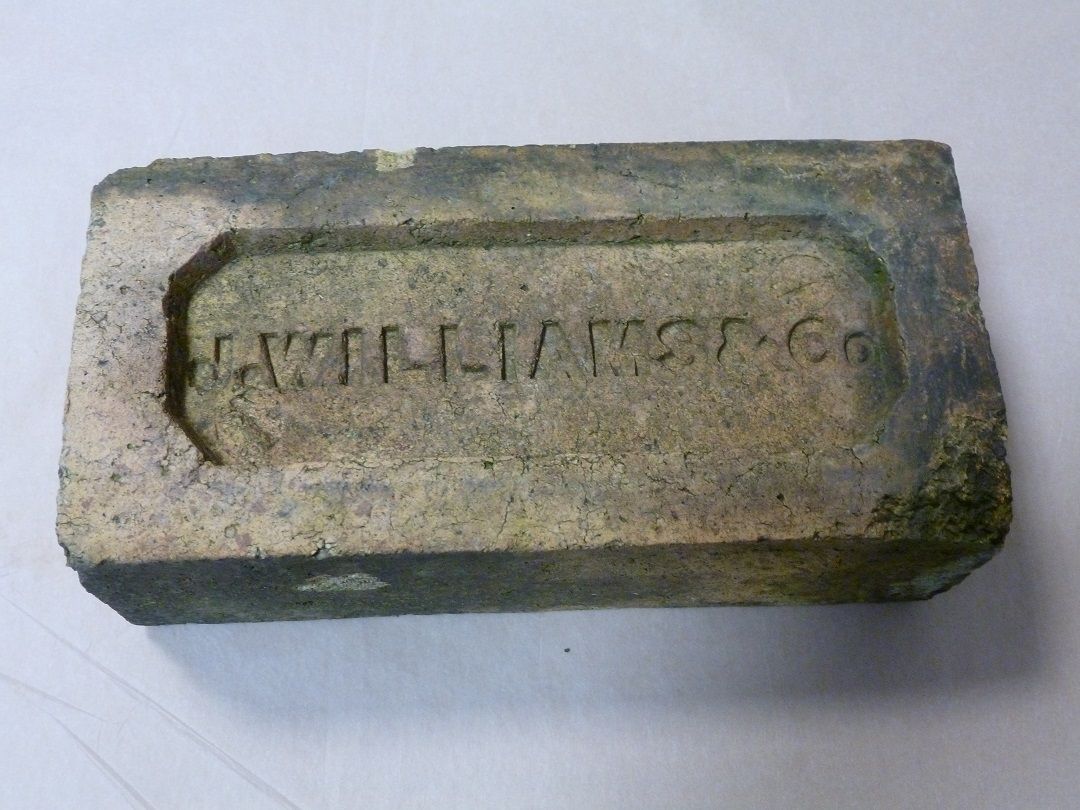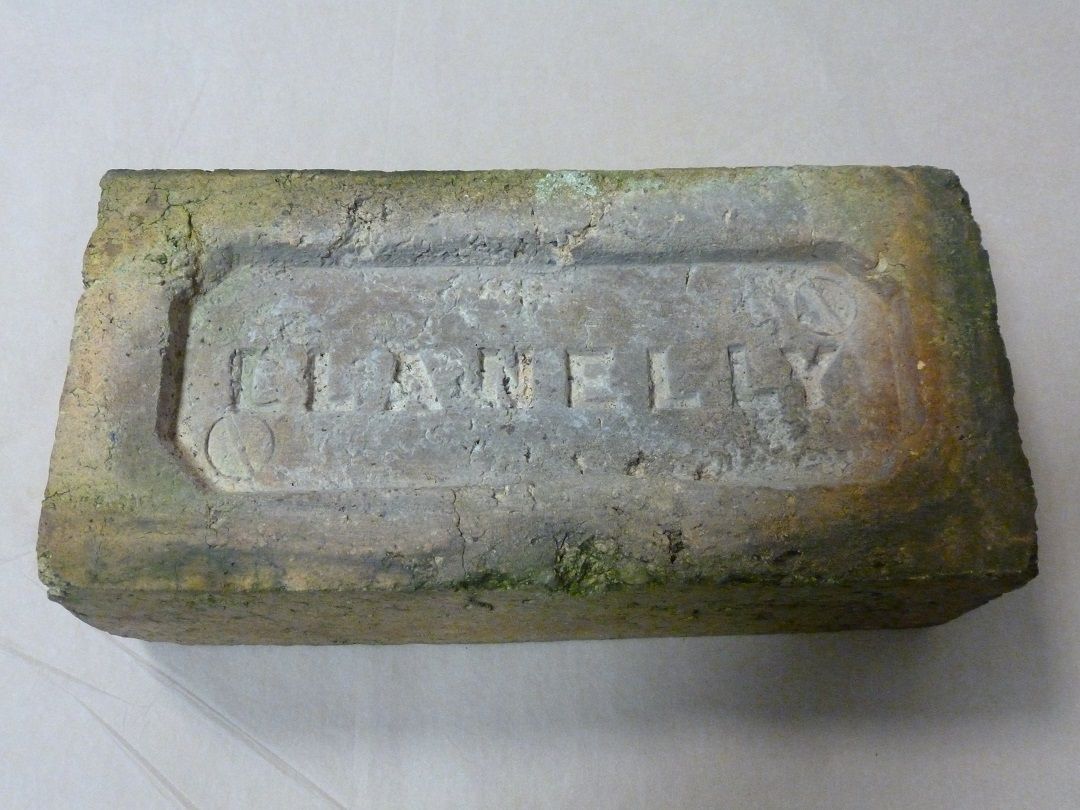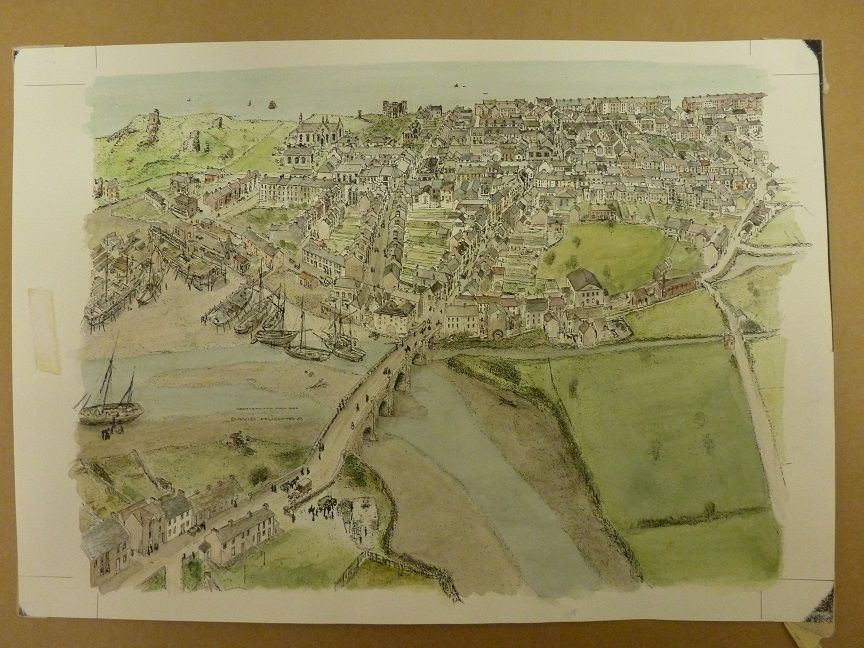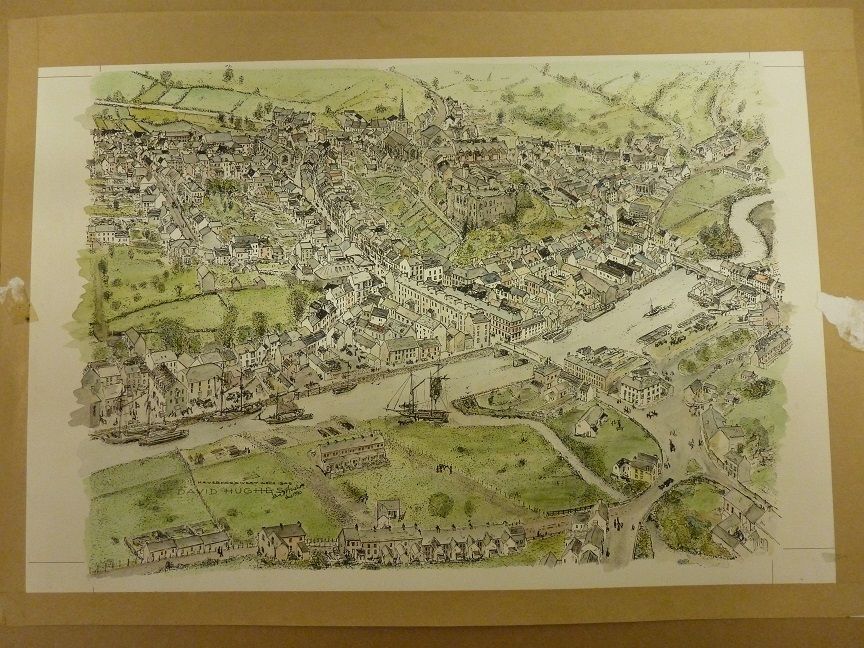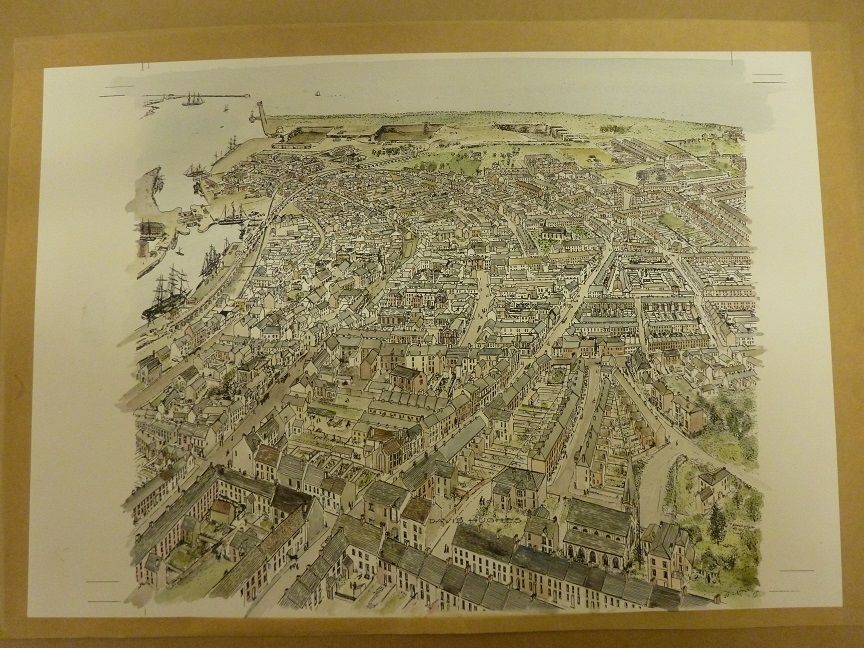Guest Blog: Mass Production and the Museum Displays of the Future
, 3 February 2016
In Britain it is estimated that we use 13 billion plastic bottles each year, whilst this has a serious environmental implication, this mass production also has implications for the museums of the future.
Take for example, St Fagans National History Museum, in 100 years’ time what will be on display in the house of 2016?
In our modern society we have come to accept mass produced items as an essential part of our lives. Whilst producing items in this way is cost effective and practical, its introduction has meant that some of these items which historically would have been aesthetically pleasing have lost their aesthetic appeal.
In my room I have chosen to display a collection of bottles manufactured years before I was even born. I am drawn to the beauty and manufacture of these objects, their vibrant colours and slight imperfections. In the past a bottle with a primary function to hold a certain liquid, manufactured of glass could last for years and have a wide array of applications within its lifetime.
Now however, when we buy a bottle of water or fizzy drink, it generally comes in a mass produced bottle made of plastic. Whilst these are very portable they are not generally viewed as being very aesthetically pleasing.
Whilst I may choose to display an old glass bottle, a plastic bottle produced in 2016 would not make it onto my shelf.
Returning to the question of the St Fagans of the future, will they choose to display a plastic water bottle on the kitchen table, the new model of smartphone by the bed or even an E-reader on the bookshelf? Mass production has removed the individuality and beauty from some objects which in the past were manufactured with care.
In the future our culture will be conveyed through the artefacts which we choose to treasure, for some that may be a collection of antiques curated throughout the years but for others it may consist of a collection of modern objects.
The museums of the future will have a very tough time conveying our diverse culture through the use of a select few objects.
The future is uncertain but the choices over what we individually choose to curate will shape the perceptions of our culture in the museum displays of the future.
Gracie Price,
Cardiff Museum Youth Forum
Sources:
Recycle-more. (2016). Top facts on recycling and the environment. Available: http://www.recycle-more.co.uk/pwpcontrol.php?pwpID=12809. Last accessed: 28th Jan 2016
